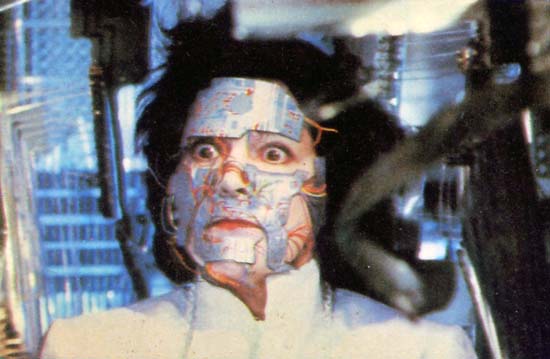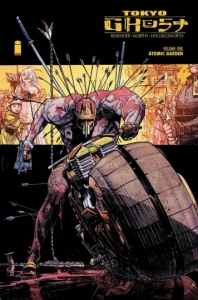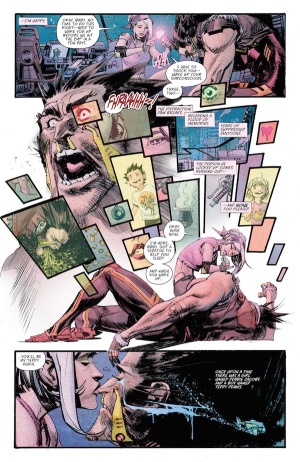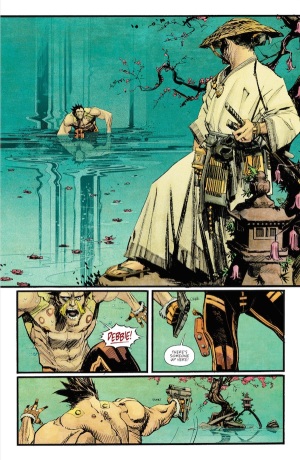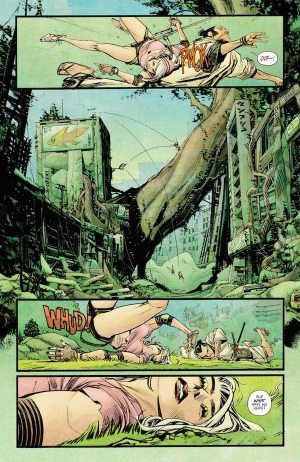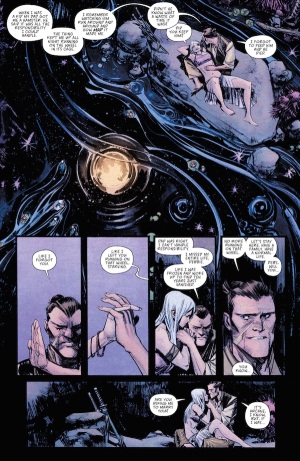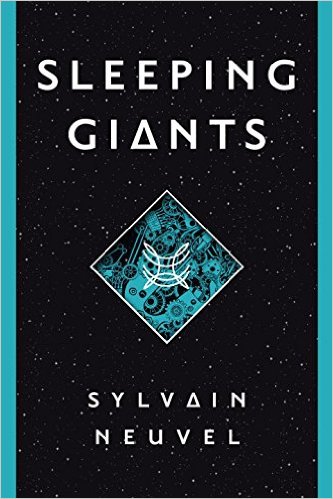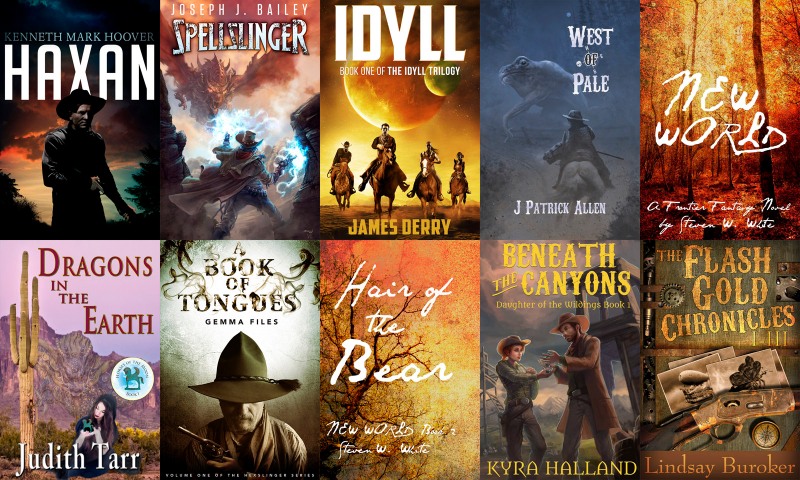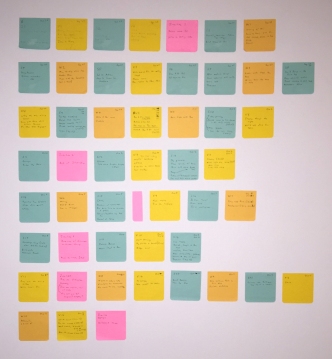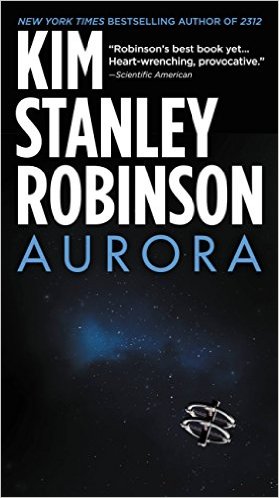Do you have a love/hate relationship with technology? Do you love TV shows like The Twilight Zone or The Outer Limits? Then you should check out Black Mirror, currently available on Netflix. At first I wasn’t too intrigued by the idea of this series. I kinda expected each plot to devolve into the ending of Superman 3.
Sure, the plots are creepy and pessimistic on the whole, but there’s more to them than that. There are explorations of how mobile/social media and our surveillance culture speak to the seamy or sentimental sides of our human nature. In Black Mirror (I always pronounce it the way Arcade Fire sings it), technology is presented as 30% awesome, 70% revolting/dehumanizing. And we can’t turn away from that awesome 30%.
With that said, here is my ranking (in order of bestitude) of the episodes in Seasons 1, 2, and 3:
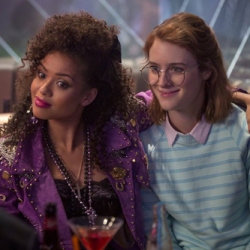 #1
#1
San Junipero
The premise: I don’t want to give anything away. One of the great things about this very great episode is the mystery of it. This isn’t the first bit of science-fiction to explore this concept (It turns up to mind-blowing effect in Iain M. Banks’ Surface Detail). I will say if you’re still yearning for 80s nostalgia after Stranger Things, this will help scratch that itch.
My take: A rare optimistic episode. Some people will find it uplifting—some will find it uplifting and vaguely disturbing. But I don’t think you can deny that the story is bittersweet and beautiful. Maybe the story was particularly resonant for me because I feel like (pardon the self-promotion) my two Idyll trilogy books deal with this idea, a little (but in a more pessimistic way). Book 3, Exile, which I’m polishing now, will explore the concept further.
 #2
#2
The Entire History of You
The premise: Almost everyone has implants in their skull that record the video and audio inputs of every moment of your life. You can replay those memories at will, or project them onto a screen for others to see.
My take: I had a similar idea for a short story; I’m sure probably a lot of people have. But here, the writers take the idea and just kill it (in a good way). My story was going to involve a guy who become addicted to reliving his best days, so that he never makes any new memories. This story goes in a much better direction. Also, Robert Downey Jr. has bought the rights to turn this episode into a film.
 #3
#3
Fifteen Million Merits
The premise: More dystopian than the SNL’s The Group Hopper. Everyone wears gray sweatsuits. They pedal spin-bikes to create energy. They are inundated with screentime at every waking moment.
My take: Of all the episodes in the series, this one builds a world that is most different from our own. In fact, parts of it are a bit cartoonish. Then the episode reveals how this world deals with instant—and disposable—celebrity, and the story really takes off. Everyone is one step from becoming a reality show buffoon, one step from an American Idol superstar, one step from a porn star.
 #4
#4
Nosedive:
The premise: The world is so plugged into social media that every social interaction is logged in and rated. Social status is now absolutely quantified, and posted on Heads-Up feeds, so everyone can see where you fall on the popularity scale. If your score is high enough, it will help you qualify for loans and housing—low enough and certain places will bar you from entering.
My take: I had to stop this one midway through because it was stressing me out. Anything involving an airport snafu is like an immediate trigger warning for me. So the first half of this episode is lightly disturbing. Then the second half almost becomes a comedy, ala Road Trip or Wedding Crashers. Overall, the feel of ‘Nosedive’ is more like a parody than a cautionary tale. Ultimately, I don’t think people would buy into this concept of Facebookifying their entire lives. But 10% of the population would probably love it!
 #5
#5
Be Right Back
The premise: A tech startup can resuscitate the dead—virtually—by creating an artificial intelligence based their mobile and social media presence.
My take: Wow. The writers flesh out the characters, lay down the dynamite, and set up the viewer for a wallop. The story has some similar themes to Her and A.I.—except this ghost in the machine was an actual person at one point.
 #6
#6
Hated in the Nation
The premise: This one is another mystery, so I won’t give anything away. A woman is murdered. And internet hatin’ is involved. At 90 minutes long, ‘Hated in the Nation’ is a movie-length capper to Season 3.
My take: This was good. It reminded me of those buzzy, ‘viral’-type suspense movies (Nerve, Purge, Gossip) where characters get caught up in social phenomena. Also, there’s a bit of Seven in there. Now that I think about it… it might have been better if the main sci-fi element had been removed, and the story was more of a straight-forward serial killer mystery.
 #7
#7
Playtest:
The premise: A man volunteers to spend a night in a creepy house while hooked up to an augmented-reality gaming device that taps into your greatest fear. For the love of God… Why?!?!
My take: Good, straight-forward popcorn/horror fun. You can kind of see the big pay-off coming, but the path it takes has just the right amounts of twists in it.
 #8
#8
White Christmas
The premise: A bonus-length, Christmas episode that works in two sci-fi ideas: 1) digitally copying your mind to create your own digital house-slave, and 2) turning social media ‘blocking’ into a real-world thing.
My take: This is another very dark episode, and the concepts and core characters are pretty mean. If you know someone who’s freaked out by artificial intelligence, don’t let them watch this episode.
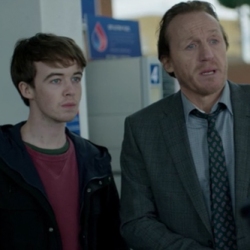 #9
#9
Shut Up and Dance
The premise: Verrrrry dark. This episode feels close to modern times. A teenager has his laptop hacked, and he ends up being FaceTimed during his ‘personal’ time. The troubles only get worse from there.
My take: The characters’ decision-making seemed over-the-top for a lot of this episode. And did I mention this one is verrrrrrrrry dark? Then there’s a sort of hurried, garbled phone conversation that ends the proceedings with one final, icky cherry on top. Did I hear what I thought I heard? Is it true? Seemed a little confusing to me. Good use of a soundtrack, though.
 #10
#10
National Anthem
The premise: Someone has kidnapped England’s most beloved princess, and they want to extort the Prime Minister to do something very embarrassing.
My take: A short episode, and not a whole lot to say about technology in general. Except that the web completely cuts through the reins that the British government’s try to put on their traditional news outlets.
 #11
#11
Men Against Fire:
The premise: High-tech soldiers fighting a mysterious hostile species called Roaches. I won’t give away anything else, because this one is also set up as a mystery.
My take: I feel like I figured out the mystery way too soon, then the story seemed to drag while I waited for everything to play out. An interesting idea though; and Doug Stamper’s in it.
#12
The Waldo Moment
The premise: A comedian who voices a vulgar cartoon bear finds himself mixed up in a national election.
My take: Again, Black Mirror takes on politics. This episode reminds me a bit of House of Cards, real people caught up in diabolical political schemes. Shadowy strategists decide that an irreverent, populist cartoon bear is the perfect candidate, and their argument actually kind of makes sense
 #13
#13
White Bear
The premise: 90% of the population have mysteriously turned into gawkers. All they ever do is wander the earth mutely and record stuff on their phones. Society has broken down, and the remaining 10% of the population react to this new status quo in one of two ways. They go on Purge-style murder sprees, or they run and hide from the Purge people.
My take: A good start, but in my opinion, this is one case where the episode’s twist actually makes the story lamer.
